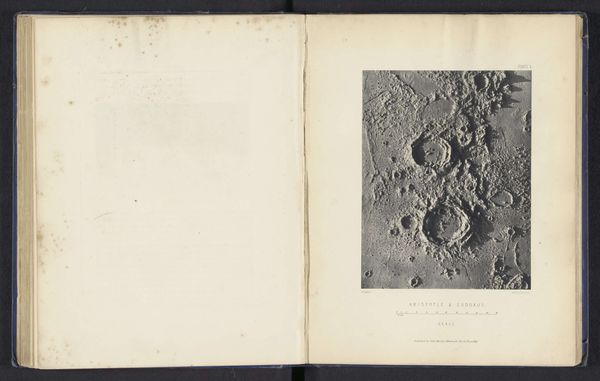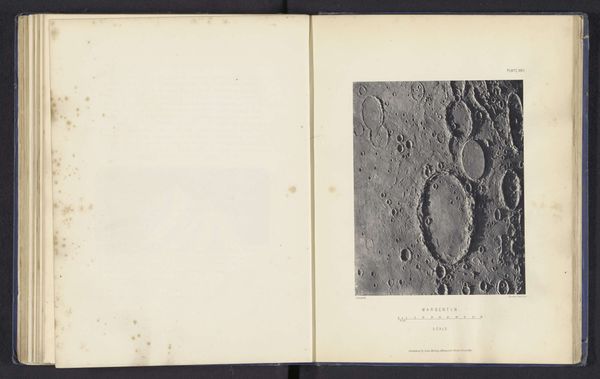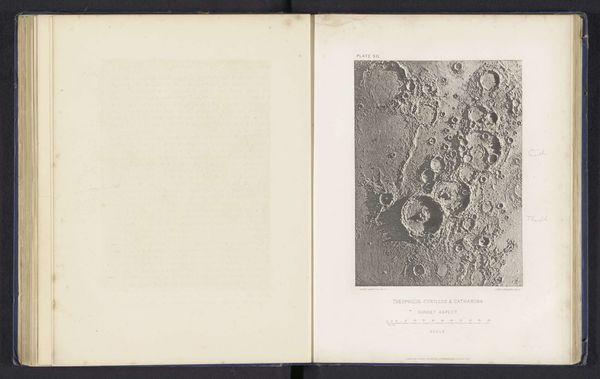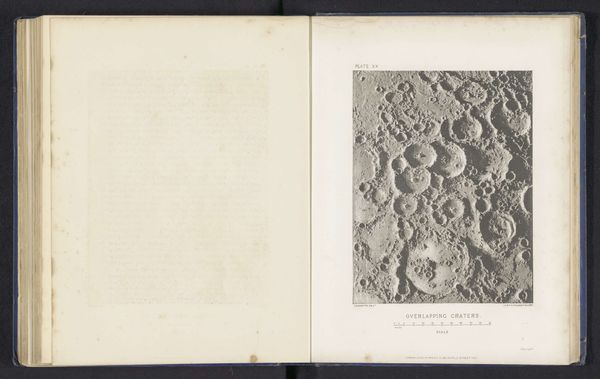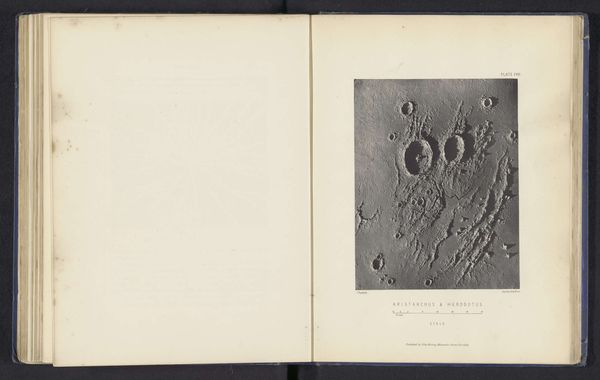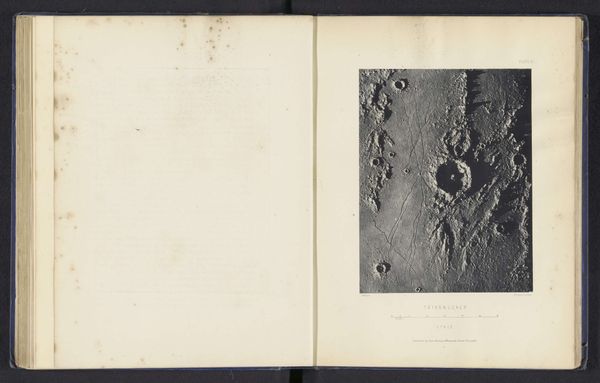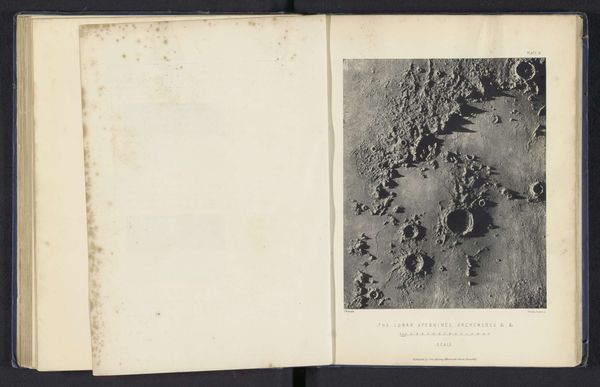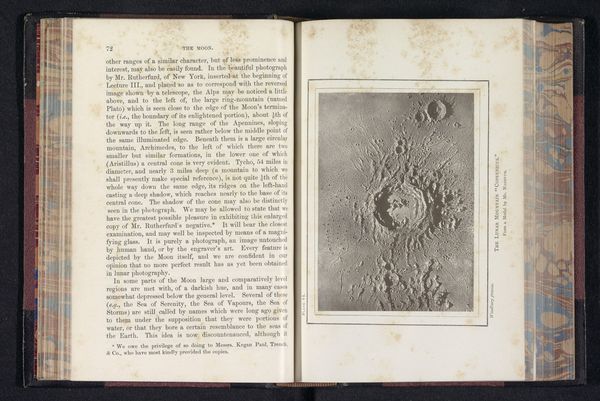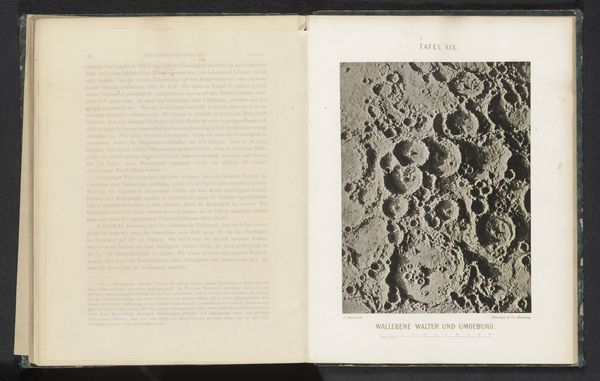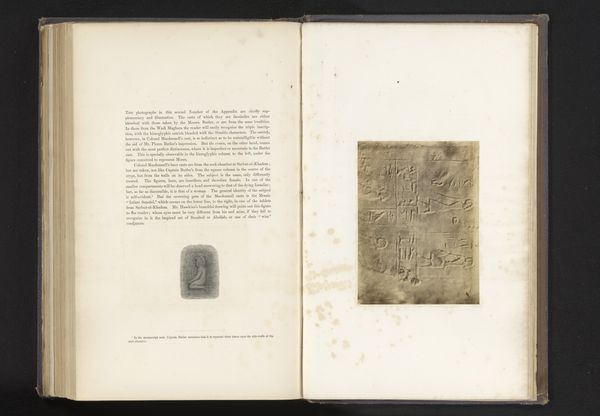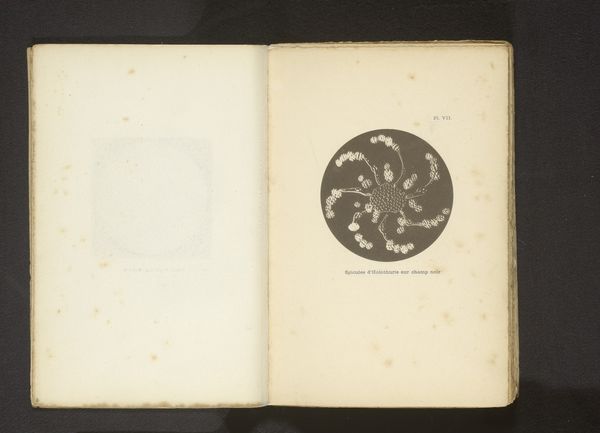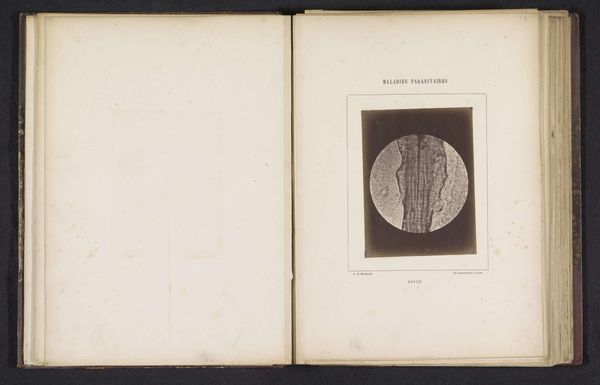
print, etching
#
aged paper
#
16_19th-century
#
script typography
# print
#
etching
#
sketch book
#
hand drawn type
#
landscape
#
personal sketchbook
#
hand-drawn typeface
#
fading type
#
geometric
#
pen work
#
sketchbook drawing
#
sketchbook art
#
realism
Dimensions: height 177 mm, width 126 mm
Copyright: Rijks Museum: Open Domain
This is James Nasmyth’s “Copernicus”, part of his book "The Moon: Considered as a Planet, a World, and a Satellite" which combined astronomical observation with artistic representation in 1874. During the Victorian era there was increasing scientific advancement. Nasmyth felt compelled to share his fascination with the moon, and the cosmos. He painstakingly studied lunar surfaces, creating detailed drawings that were then translated into engravings. The stark contrasts and textures of the moon's surface resonate with a sense of sublime isolation. It is a reminder of our place in the universe. Nasmyth isn't just showing us the moon; he's inviting us to contemplate our existence in the face of cosmic vastness. He aimed "to present truth to the eye under such aspects as shall enable it to recognise the facts distinctly, and without the risk of misapprehension". As we gaze upon this image, we are not merely observing a distant celestial body; we are confronted with the fundamental questions of human identity and destiny, mirrored in the silent, cratered face of the moon.
Comments
No comments
Be the first to comment and join the conversation on the ultimate creative platform.
